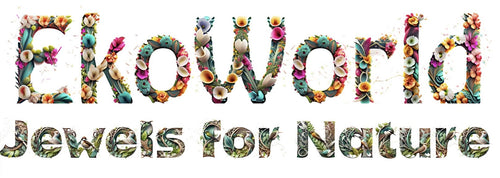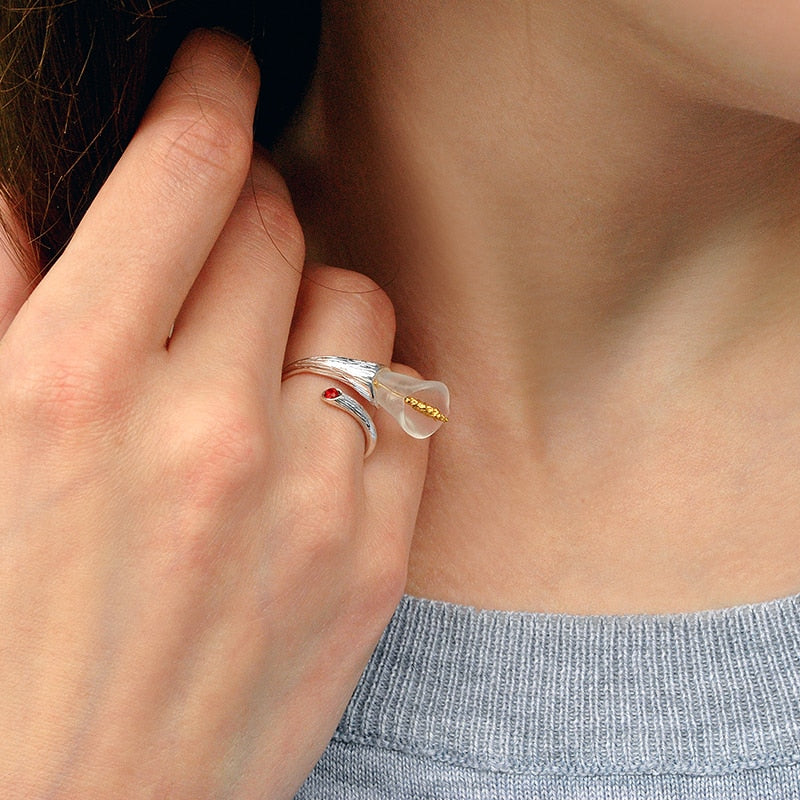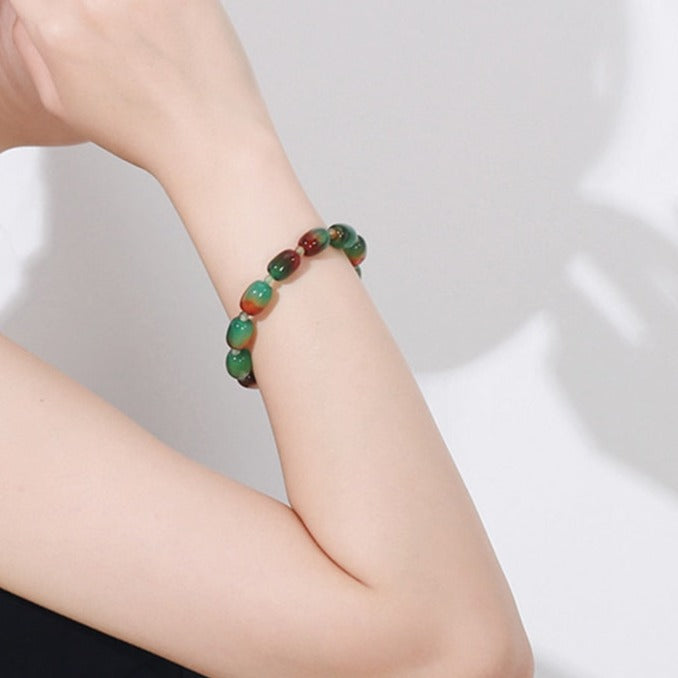Properties of zircon
Zircon is a mineral of the silicate group, composed of zirconium silicate in its natural state. Zircon has a chemical composition of ZrSiO4. The formation of zircon would have traced back to about 4.4 billion years ago, in other words, to the very birth of our planet. This makes it one of the oldest known stones. Natural zircon often turns yellow to brown. Thanks to the heat treatment, the stone can become transparent, blue, golden or black, depending on the temperature to which it is subjected. Considered as a fine stone in jewelry, it is also called "mature diamond" by specialists. Despite its low impact and pressure resistance, zircon has often been used as an inexpensive substitute for diamond.
The stone belongs to the trigonal crystal system, its cleavage is imperfect, its fracture is concoidal and its line is gray to white. Zircon has a density of 3.9 to 4.8, the stone is relatively hard with an index of 6.5 to 7.5 on the Mohs scale.
The most notable zircon deposits are found in the United States, South Africa, India, Ceylon and Australia.

History of zircon
Etymologically, the origin of the term zircon is not unanimous among specialists. Some believe the term comes from the Arabic word zarqun or "cinnabar". For others, the term comes from the Persian word zargun. Still others suggest a Greek origin of the word. In any case, the zircon stone is often subject to some depreciation, largely due to its use as a substitute for diamonds. This use in jewelry must not make us lose sight of the fantastic beauty of this stone. Although it is a very ancient stone, zircon does not really appear in the traditions and traces of the great civilizations.
Hindus evoke zircon well as a stone that makes up the mythical Kalpa tree made up of different precious stones. Other traditions refer both to stones such as hyacinth (probably the ancient name of zircon), and to names of supernatural entities such as the angel called zircon in the Jewish tradition.
Nowadays, in addition to its use in jewelry, zircon is mainly used in the nuclear industry to run reactors or to make sarcophagi for radioactive waste.

Virtue of zircon
Zircon has great virtues in lithotherapy. However, it is important to keep in mind that the stone gives off some radioactivity and that you should seek advice from a specialist to be able to handle it safely. Calming stone, soothes pains, cramps and blisters. Women who have painful periods can find relief by using a zircon stone. The stone would have several other virtues for the cardiovascular system, for libido, for various types of viral or microbial infections. People suffering from respiratory allergies, asthma or lung diseases are advised to keep a zircon stone nearby which could help them overcome these ailments.
Psychically and spiritually, zircon soothes the mind and provides the moral strength to overcome states of sadness and fear. Stone of courage and strength, zircon brings self-confidence. Stone of spiritual harmony, zircon would align the physical body and the subtle bodies. The powerful energy properties of the stone help regulate the various energy flows of the body. Zircon is one of the stones that stimulate and optimize the vibratory action of other stones that can be associated with it. Ideal for remedying psychic and energetic blocks, zircon could help solve the sentimental and emotional problems that hinder the flowering of being.
On a karmic level, zircon acts on the root chakra, the solar plexus chakra, the heart chakra and the throat chakra. His favorite astrological signs are the signs of Aries, Taurus, Virgo, Libra, Scorpio, Sagittarius and Pisces.
Purification of zircon is often not necessary due to the stone's ability to repel negativity. But when necessary, just soak the stone in lightly salted distilled water. The recharging of the zircon takes place by exposure to the sun's rays on a mass of quartz.









